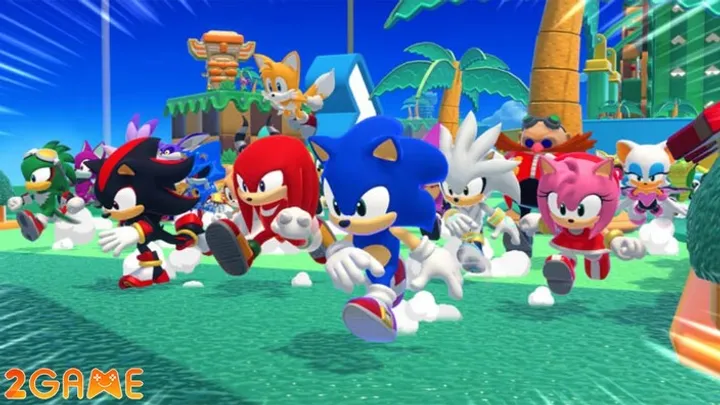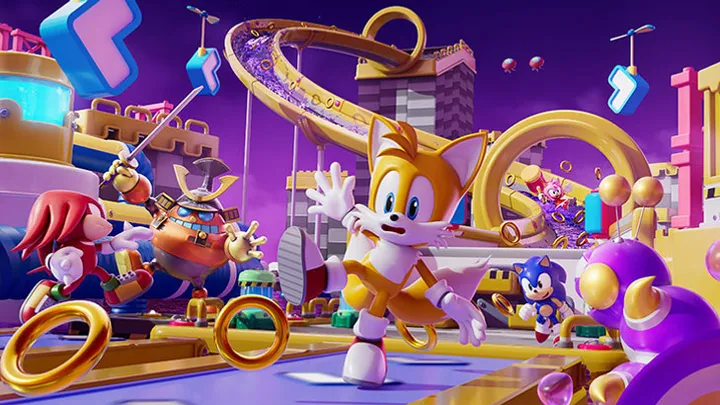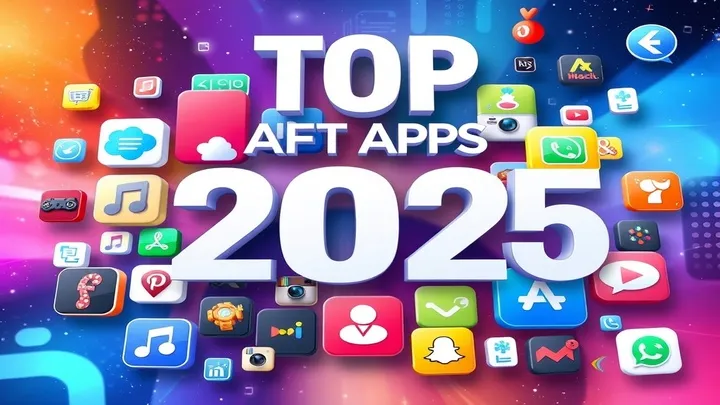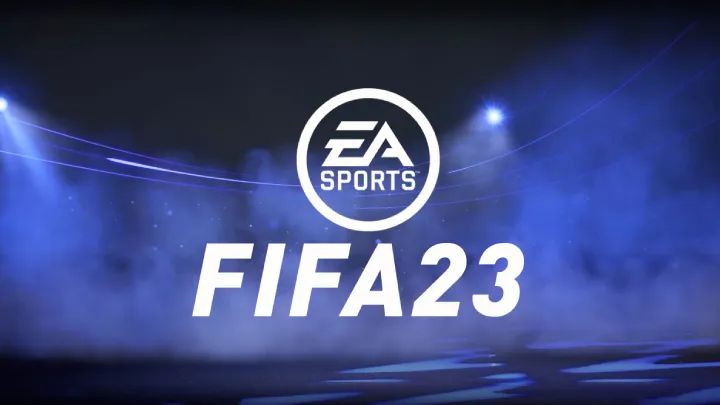Introduction
FIFA 23 was not just another yearly installment in EA SPORTS’ football franchise. It represented a bold leap forward in tactical depth, realism, and immersion, largely thanks to the Hypermotion 2 technology and refined gameplay mechanics. While most players initially noticed the stunning visuals and smoother animations, the real transformation came in how FIFA 23 forced players to rethink their tactical approach. This article explores in detail how tactical gameplay evolved within FIFA 23, the frustrations and learning curves it created, and why it redefined the balance between skill and strategy in football gaming.
The First Steps into Hypermotion 2
When players first launched FIFA 23, the immediate difference was in fluid player movement. Hypermotion 2 made every sprint, dribble, and collision feel alive.
At the start, players felt an overwhelming sense of realism. However, this also meant that relying on old FIFA habits—like spamming pacey runs down the wings—no longer guaranteed success. This was the first clue that tactics, not just raw speed, would dominate FIFA 23.
The Decline of Pure Pace Abuse
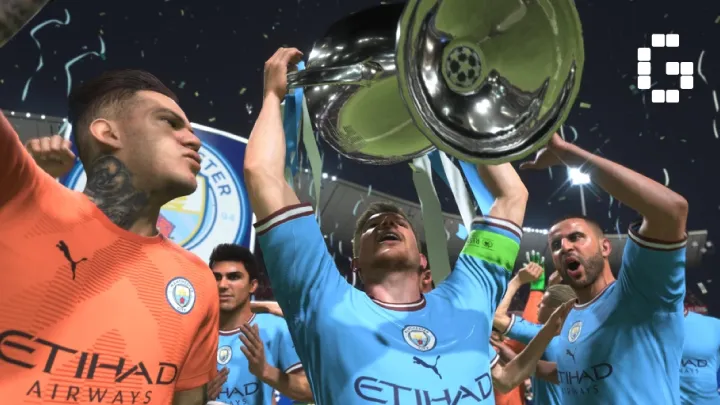
In previous FIFA titles, pace was the king of the game. Strikers with blistering speed could run past defenders with ease. FIFA 23 changed this dynamic.
Defenders moved smarter, tracked runs better, and positioned themselves with more intelligence. Suddenly, relying solely on pacey forwards became frustratingly ineffective. This forced players to experiment with tactical formations and passing plays rather than depending on one-dimensional speed exploitation.
Passing as a Core Tactical Tool
With the decline of pace dominance, passing mechanics became more central than ever. Precision passing, lobbed through balls, and driven passes gained importance.
Key Passing Adjustments
- Driven passes required better timing to avoid interceptions.
- Lobbed through balls opened new opportunities but demanded accuracy.
- Quick one-touch passes became essential to breaking high press tactics.
The satisfaction of crafting a goal through smart passing sequences balanced out the frustration of failed long balls or wasted counterattacks.
Midfield Battles Take Center Stage
The midfield became the true battleground of FIFA 23. Unlike earlier games where the midfield often felt like a transition zone, FIFA 23 emphasized its tactical significance.
Players who neglected their midfield setup quickly found themselves overwhelmed. Strong midfielders who could hold possession, dictate tempo, and intercept passes became the backbone of winning squads. The frustration of losing midfield control taught players that balance mattered more than flashy attacks.
Set Pieces and Tactical Innovation
Set pieces were completely redesigned in FIFA 23, allowing for more control over free kicks and corners.
This gave rise to creative tactical experimentation. Some players became masters of bending free kicks with pinpoint accuracy, while others developed intricate corner routines. For beginners, these changes initially created confusion and frustration. But over time, they turned into a rewarding feature that allowed skilled players to outthink opponents.
The Rise of Tactical Defending
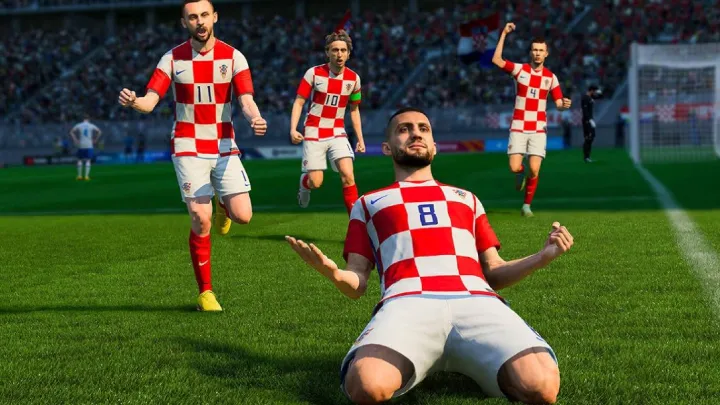
FIFA 23 emphasized defending as an art form rather than a last-minute scramble. Tackling animations, jockeying, and player positioning became crucial.
Defensive Lessons
- Diving into tackles recklessly often left players exposed.
- Patient defending and cutting off passing lanes rewarded discipline.
- Switching defenders at the right moment became an essential skill.
For many, the frustration of conceding goals due to poor defensive timing eventually evolved into the satisfaction of learning how to shut down world-class attackers.
Custom Tactics and Player Instructions
Another area where FIFA 23 demanded tactical depth was in custom tactics. Players could adjust pressing intensity, defensive width, and build-up style.
At first, these settings felt overwhelming to casual players. But mastering them gave players the ability to adapt strategies mid-match. For example, switching from a balanced 4-2-3-1 to an aggressive 3-5-2 allowed quick responses to opponents’ strengths. This layer of customization deepened the strategic nature of FIFA 23.
Frustration with Momentum and RNG
Despite the tactical improvements, FIFA 23 was not without controversy. Many players complained about “momentum” or “scripting,” where the game seemed to favor one side.
Near-miss shots, defensive errors, and rebound goals created intense frustration. Whether these were actual mechanics or just player perception, the unpredictability added another emotional layer to FIFA 23. Overcoming these moments, however, made victories feel even more rewarding.
The Tactical Evolution of Ultimate Team
In FIFA Ultimate Team (FUT), tactics became just as important as player chemistry. Gone were the days when stacking the fastest strikers guaranteed success.
Players began seeking balanced squads, mixing creative midfielders, solid defenders, and versatile attackers. Squad Building Challenges also encouraged experimentation, rewarding those willing to adapt their tactics to unlock new cards. The frustration of failed chemistry links was balanced by the joy of building creative, functional teams.
Endgame Mastery and Tactical Identity
For seasoned FIFA 23 players, the endgame became about identity. Did they prefer patient possession play, lightning-fast counterattacks, or high-press chaos?
The tactical depth allowed each player to form their own unique style. The early frustrations of adapting to Hypermotion 2 and tactical changes gave way to mastery. Players who stuck through the learning curve experienced a football game that was less about exploiting flaws and more about playing the sport with authenticity.
Conclusion
FIFA 23 forced players to abandon outdated habits and embrace a new tactical identity. Hypermotion 2, smarter defenders, midfield battles, and set-piece redesigns created both frustration and satisfaction in equal measure. By shifting the focus from pace abuse to tactical depth, FIFA 23 became more than just a football game—it became a test of strategic intelligence. In the end, FIFA 23 taught players that frustration is temporary, but tactical mastery lasts for the long game.










